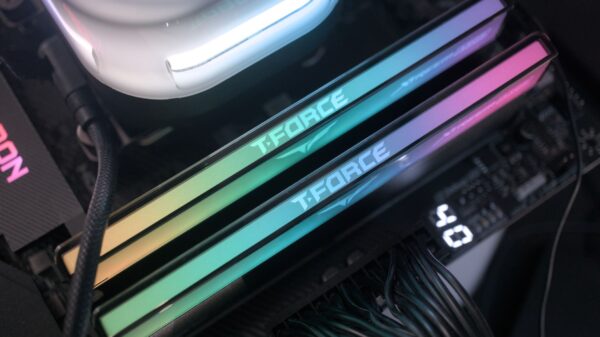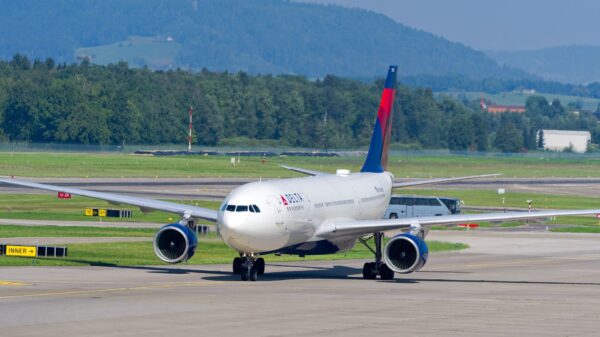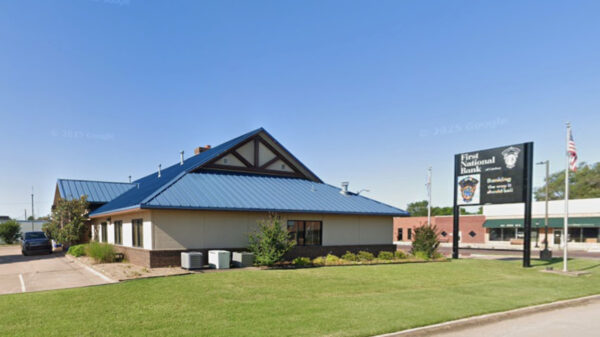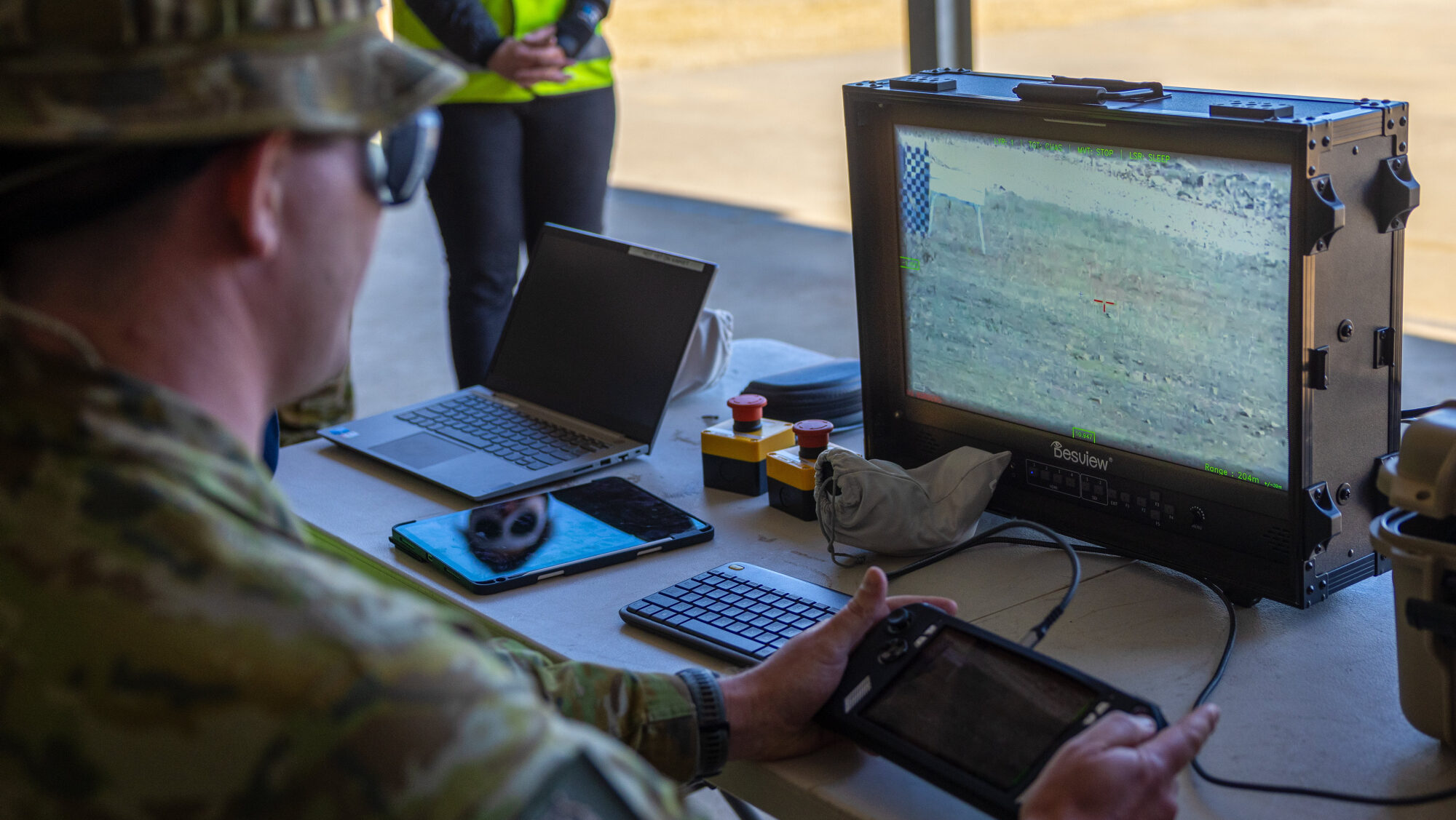Australia has taken significant steps to bolster its defense capabilities by issuing an initial set of contracts valued at $16.9 million AUD ($11.2 million USD) for counter-Unmanned Aircraft Systems (c-UAS). This initiative comes less than a year after the government invited tenders for the program, aimed at acquiring advanced technologies to counter the growing threat posed by drones.
At a drone racing event in Canberra, Pat Conroy, the Australian Minister for Defence Industry, announced that eleven companies would begin supplying some of the world’s most sophisticated drone detection and neutralization systems for the Australian Defence Force (ADF). The contracts are part of Project Land 156 and are expected to introduce “at least 120” technologies, including contributions from five Australian firms.
The c-UAS systems being developed encompass a variety of methods to counter small drone threats. These include high-energy lasers, radio frequency jamming, and ammunition-based systems. This announcement aligns with a broader global trend, where nations like the United States are ramping up investments in drone technology. Recently, US Defense Secretary Pete Hegseth directed that every US Army squad be equipped with small, one-way attack drones by the end of fiscal 2026.
As part of its commitment to enhancing drone capabilities, the Albanese administration plans to invest approximately $10 billion AUD in drone technology over the next decade, according to the Australian Department of Defence. While the names of all eleven contractors have not been disclosed, Conroy highlighted that DroneShield is among the suppliers, providing its Drone Gun Mk 4 and RF Patrol system. This equipment offers lightweight detection and handheld jamming capabilities to disrupt drone operations effectively.
The tender for these contracts was issued in November 2022, and the program aims to establish a comprehensive system integrating electro-optic sensors, active and passive radars, and acoustic and thermal sensors. All components will connect to a Command and Control (C2) system designed to coordinate responses to drone threats. Additionally, the project seeks a systems integration partner to oversee the acquisition of c-UAS capabilities targeting NATO Class 1 and 2 standard air vehicles, which weigh up to 24 kilograms (53 lbs).
The Department of Defence has indicated that there will be ongoing upgrades and refreshes to these systems to address emerging drone threats effectively. Further announcements regarding additional counter-drone acquisitions under Project Land 156 are anticipated in the coming months. These will include contracts aimed at developing command-and-control capabilities and acquiring advanced sensors and effectors.
The procurement process is being managed by the Defence Department’s Electronic Warfare and Intelligence Systems Branch within the Capability Acquisition and Sustainment Group. Additionally, the Advanced Strategic Capabilities Accelerator’s (ASCA) Mission Syracuse is working to enhance capabilities against medium-sized drones and drone swarms. This initiative aims to provide cutting-edge solutions for future defense needs under Project Land 156.
In conclusion, Australia’s proactive approach to countering drone threats signifies a pivotal moment in its defense strategy, reflecting both national security priorities and global trends in military technology.








































































